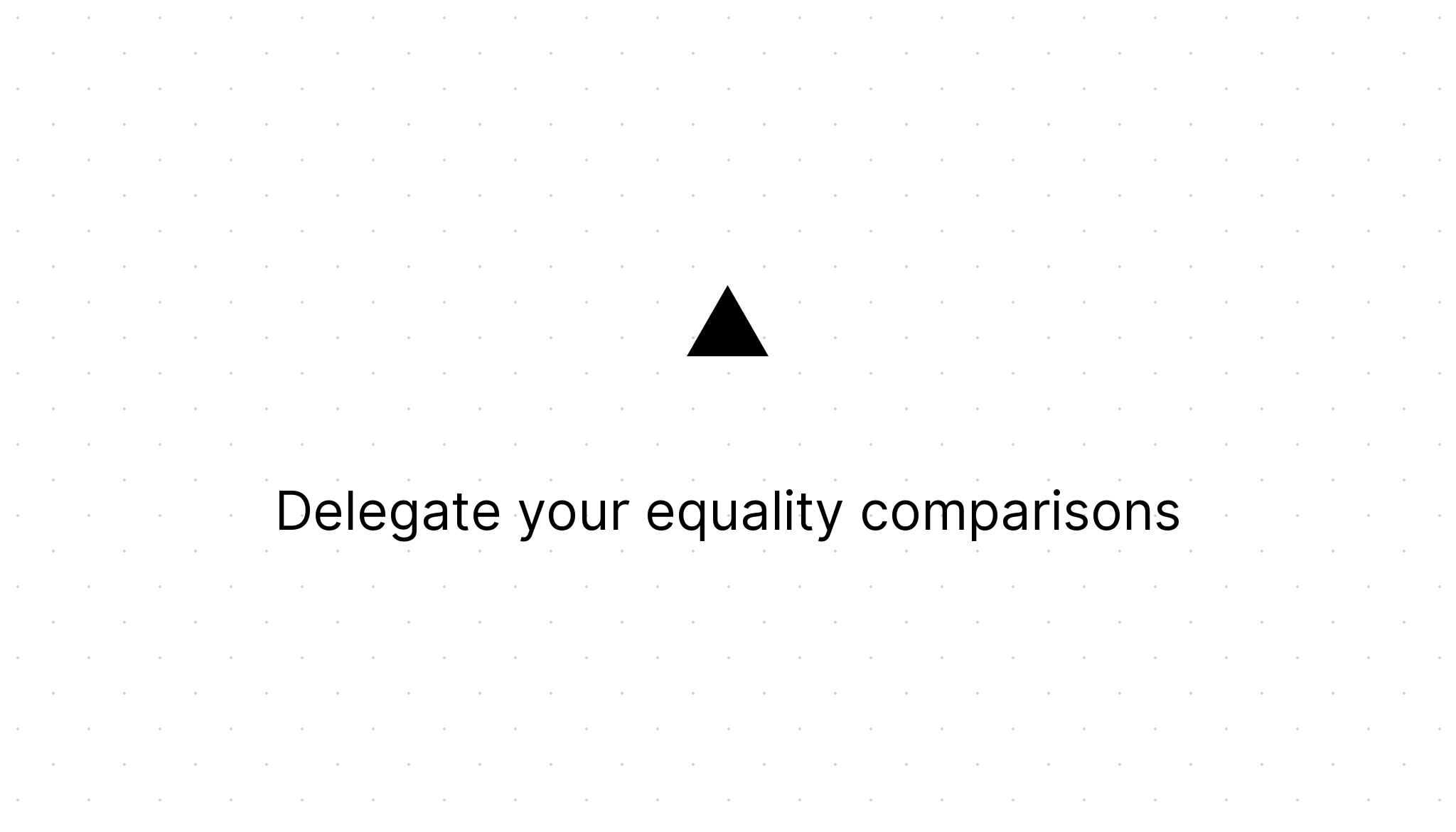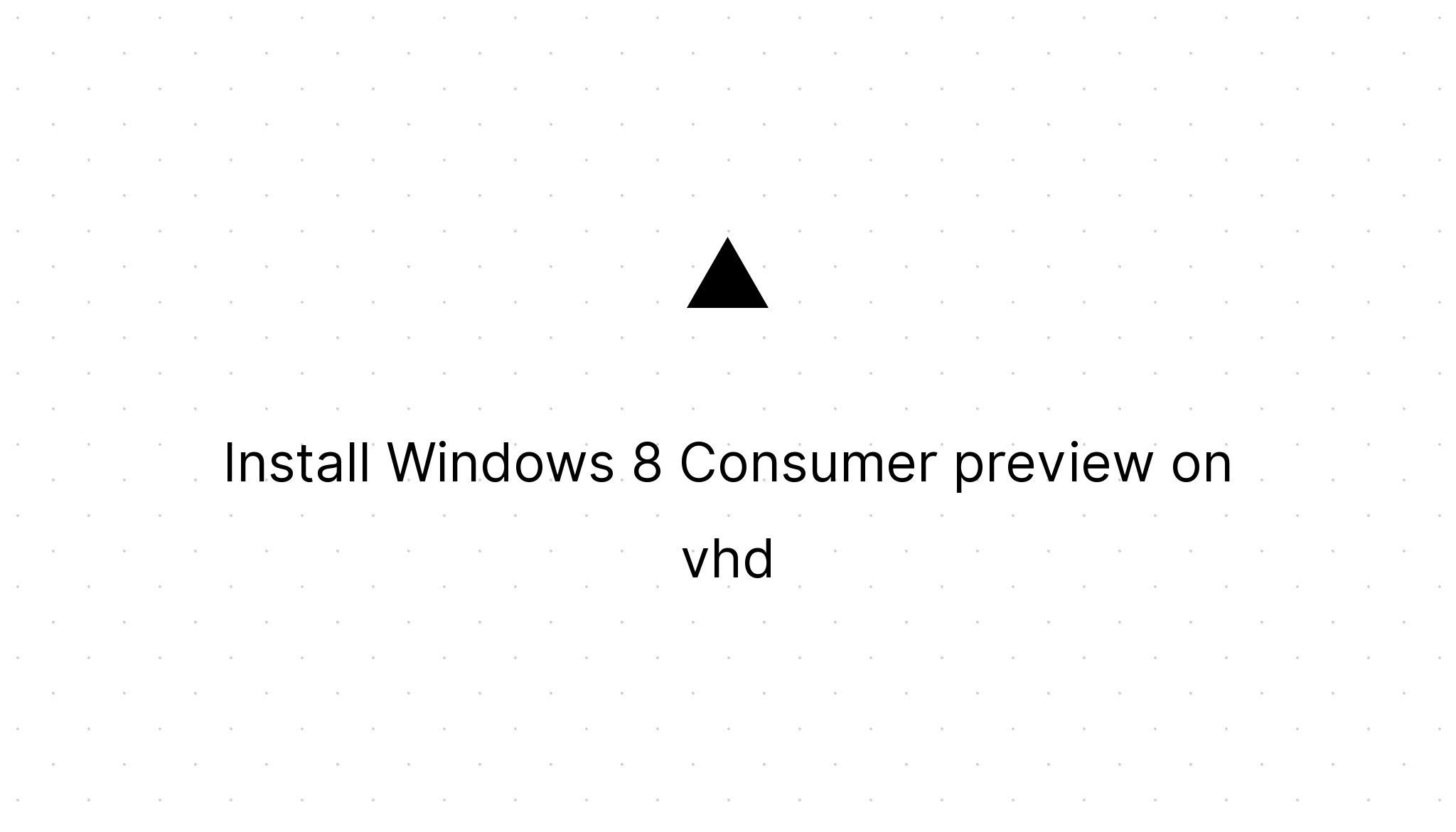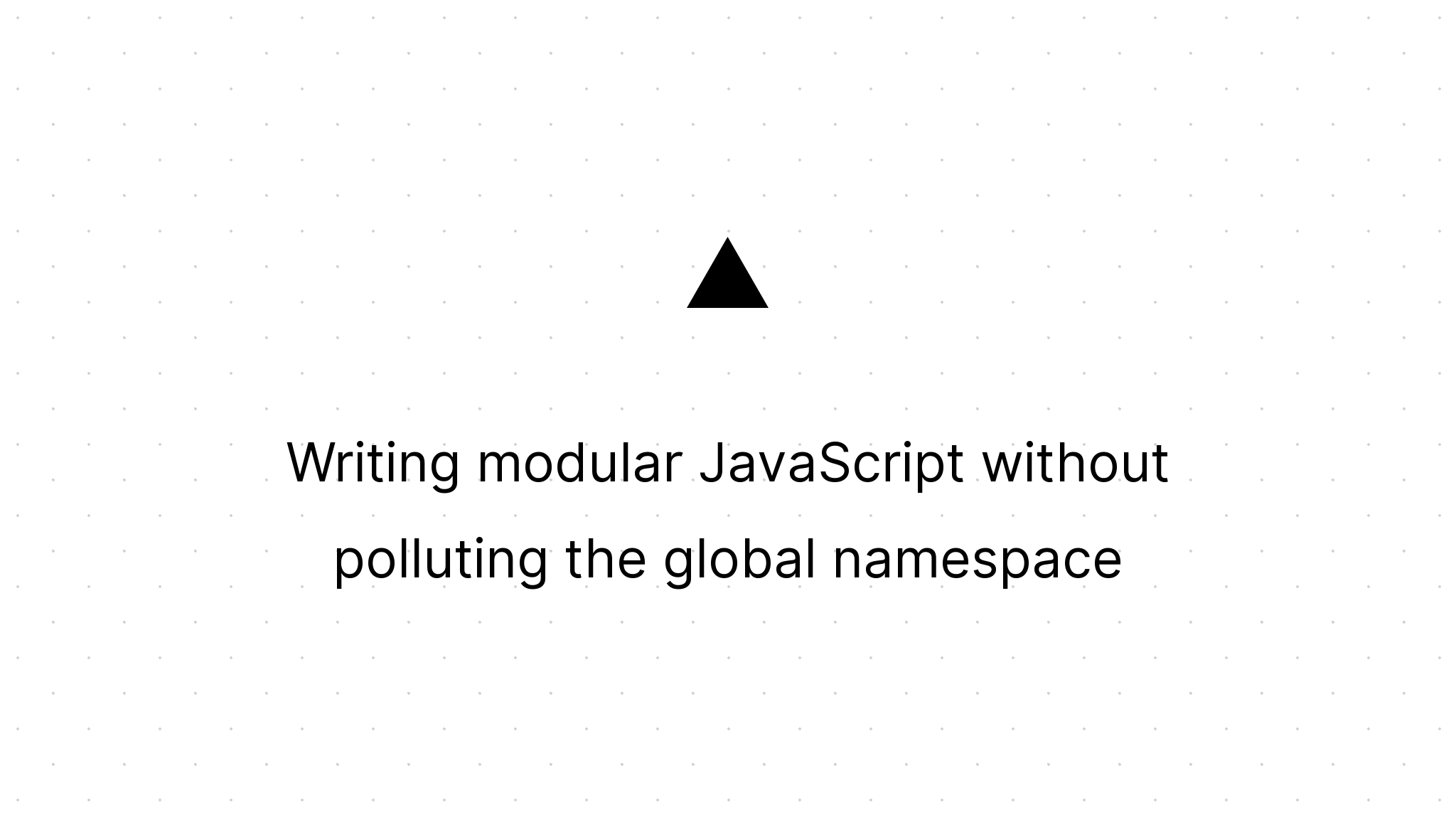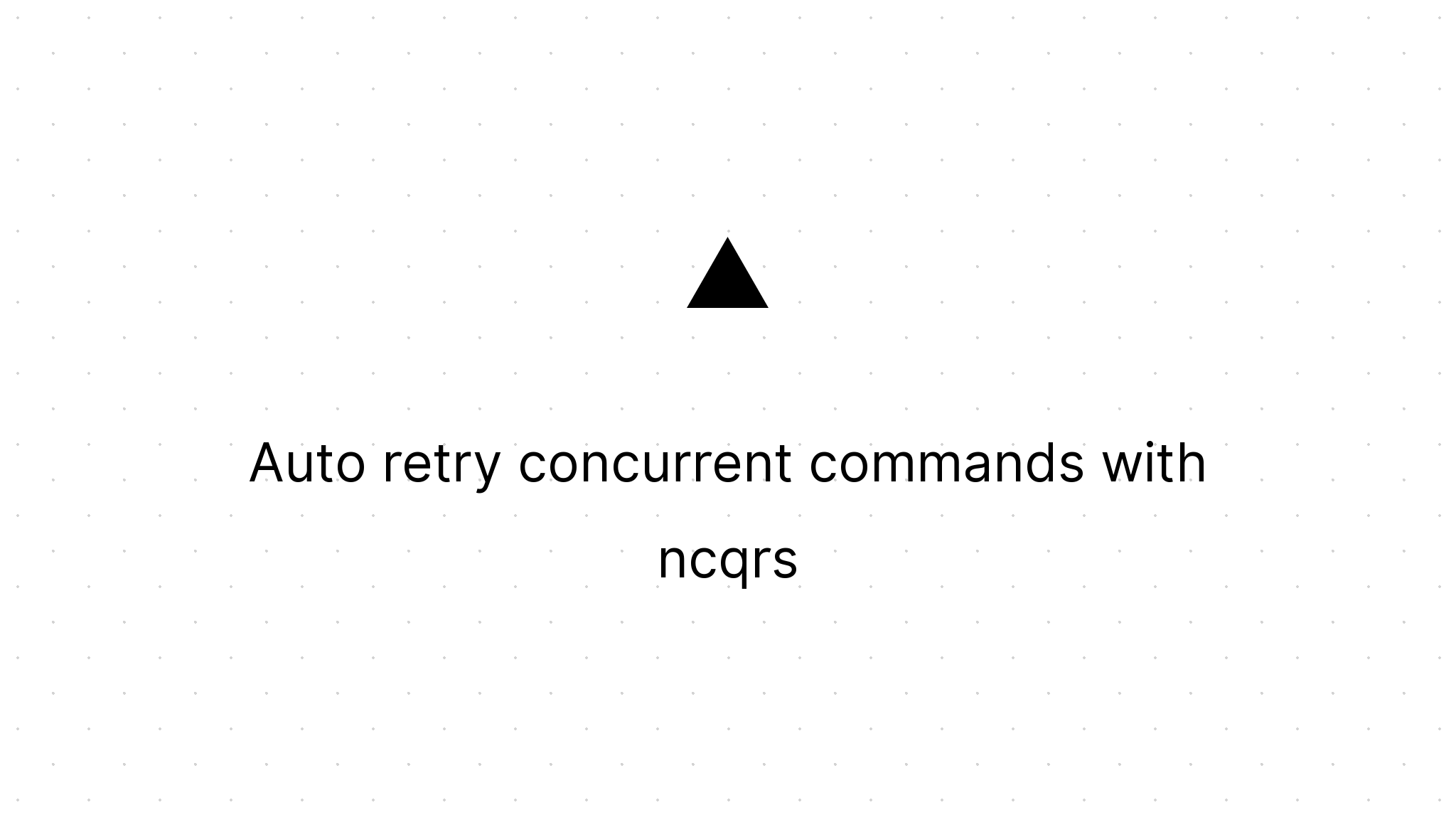Pitching equals invisible convincing
Marco Franssen /
4 min read • 690 words

During the last year I learned and read a lot about convincing people. In this article I want to share some tricks to apply it yourself. Oh, its my first non technical article. So this will be a milestone for myself :D.
It isn't always as easy to convince someone. Some people just manage to get more things done as others. A part of your skills to convince someone is in your own personality. To convince someone you have to be powerful, special and kind. This means you need to know where you're talking about, you dare to show your ass off and show your interest to the other person.
Some people have to do their best to achieve this and others just don't have to put energy in it.
In order to convince someone you can write your own elevator pitch. An elevator pitch is a small story about yourself, your skills and your ambitions. By writing it down you force yourself to actively think about it. Never try to memorize what you wrote down and exactly tell this story to somebody, because you'll lose you text. Use it as the main theme for your story.
How to write your elevator pitch?
Think of you intent
When you're pitching, it has to happen fast and clear. Building your pitch is important and consists four parts:
- Core sentence: I'm … who … (you're unique, how you want to be remembered)
- Explanation: By … 1, 2, 3 … (your talents, skills, expertise etc.)
- Example: So I did … (concrete example, that another can imagine)
- Core: So if you are looking for someone who … (repetition of the core)
Credibility
You can tell you are good at everything , but this isn't sympathetic and credible. So ask your friends and colleagues for your talents. Use this talents to convince others. Example: "I'm happy with compliments from … (colleague's, friends) about …"
Cliffhanger
Keep your story short and don't explain everything. You will make the other person curious and enthusiastic by telling what you have to offer. End with a cliffhanger, and make your audience want to know a lot more about you. When you manage to do this, you are at 90 percent of convincing them.
Make the other important
Do some research on your audience. Tell / Write down why the other is important for you. For example his expertise, network, vision etc. and explain it with a good reason. Example: "I admire your expertise and knowledge about …"
Ask a 'Yes'
It is easy to get a 'No', but with tactical questions, you can get a 'Yes'. People like to advise. Try to use the inventiveness and the network of the other: Don't ask for a job, ask for advice. Example:
- Don't: "I search for …, do you have this job for me?"
- Do: "I search for …, can you advise me on this?"
Unique leads to interest
It's important to tell about your unique selling point. When you don't have lots of experience you probably have lots of ideas, friends/follower and energy. Don't forget to think about your graduation, hobbies, missions, associations, memberships, innovation, vision and personal style.
Tell what makes you important
Translate your qualities to a form where you are telling what you can offer the other. You can for example tell someone 'You are a specialist with design patterns and know how to apply them', but it would be better if you tell someone 'You are a specialist with design patterns and this gives a boost to the software quality and maintainability'.
Have guts
To pitch yourself you really need some guts. Pitching is all about congenial appearance and your individuality. Never about authority.
I hope you found this tips helpful. Please share this article with your friends and colleagues. Oh, and don't hesitate to give me feedback of any kind on my article.



